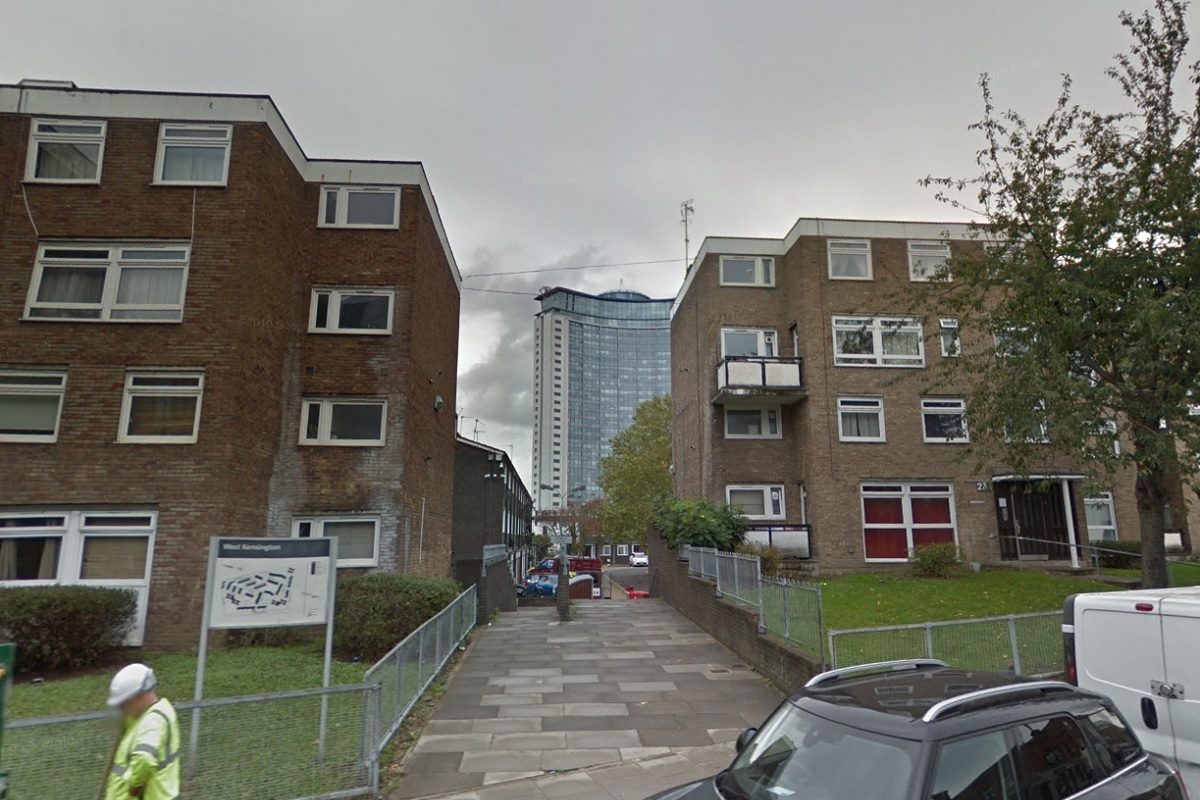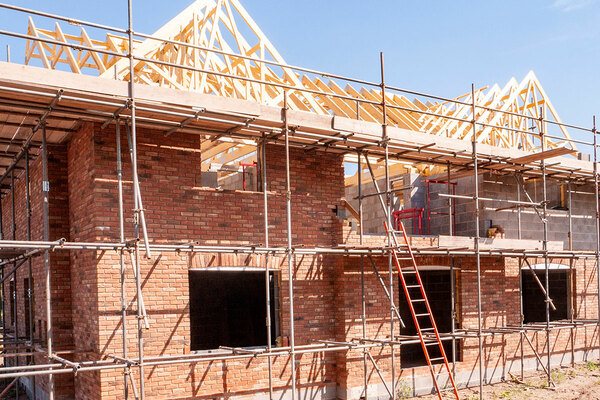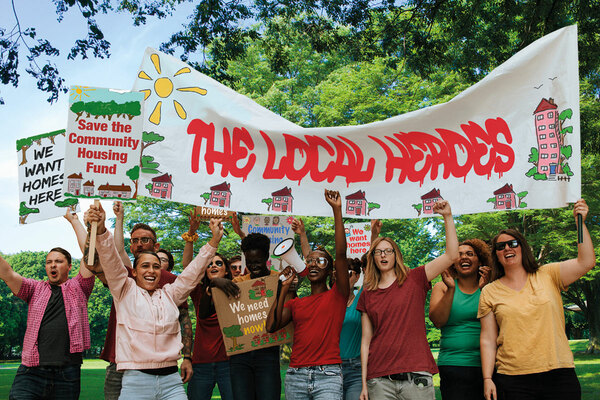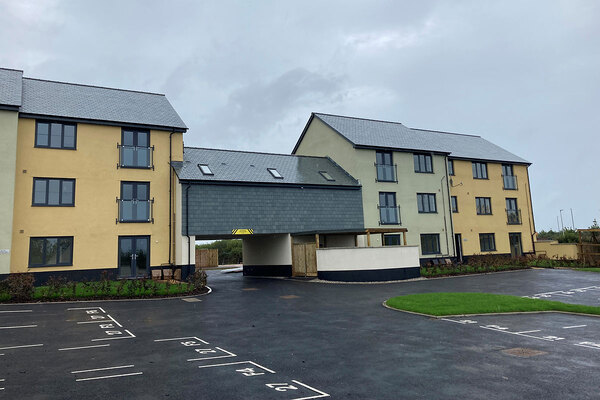You are viewing 1 of your 1 free articles

Jenevieve Treadwell is a researcher at Onward thinktank
The housing crisis is fraying our social fabric. Community land trusts offer a solution
With a generation struggling to find somewhere to put down roots, the bonds which should form the basis of a community are not being formed. But allowing communities to own and develop their own land can offer a way forward, writes Jenevieve Treadwell
For many, secure and affordable housing has never felt so out of reach. Exorbitant prices make homeownership a distant dream for those wanting to get on the housing ladder, while shortages of social housing mean others face years on local authority waiting lists.
Many have no option but the private rental sector, with higher costs and lower levels of certainty. Some of the consequences of this are well understood, including the frustration felt by thirty-somethings still living with housemates and the anxiety felt by those struggling to make rent each month. But another, less well-acknowledged effect of our broken housing market is its damaging impact on human connection.
Homeowners stay in their home for 16 years on average, with social tenants staying for 11 years. Private renters stay for only four. The figure is far lower for younger private renters, 29% of whom manage only a year in a property before leaving.
Forced to bounce from house to house, private renters have little incentive to forge bonds with neighbours or improve an area they will soon leave. This has frayed our social fabric. Private renters are 34% less likely to trust many of their neighbours than homeowners and 25% less likely to feel a sense of belonging to their neighbourhood.
There seems to be no end in sight. Housing costs have outpaced earnings for two decades. The mortgage available to a couple both earning the local average income was insufficient to purchase a below-average priced terraced house in 69 local authorities in 2021, up from six areas in 2002.
As homeownership has become less affordable and private rents have increased, social housing has become less accessible. Between 1980 and 2020, the number of social houses across England fell by a quarter, from 5.5 million to 4.1 million.
We need to get better at finding ways to deliver affordable homeownership for people. Community land trusts (CLTs) offer a way forward.
Because the community is the landowner under this model, they are able to set the prices of the homes that are built there independent of market forces. This allows them to develop homes that fit the community’s needs – from starter homes for new families to social rents for vulnerable individuals.
Even when sold, many CLT homes remain affordable through a covenant that requires them to be resold under the same terms they were bought for. As a result, houses remain homes rather than speculative investments, which has sometimes occurred under Right to Buy.
Encouraging examples can be found across the country: from Homebaked CLT’s regeneration efforts in Liverpool, to the successful campaign to take the 760 homes in West Kensington and Gibbs Green estates into community ownership. These projects have sparked regeneration in their local areas while providing people with the stability they need to allow communities to thrive.
But their success is not guaranteed, and they need more support from councils to realise their potential. Instead of being viewed as obstacles, councils should view CLTs as partners that can help deliver more housing in their areas. With more homes in the hands of CLTs, social renters would gain better protection over their homes and aspiring homeowners would get a route to affordable homeownership in perpetuity.
There are also things ministers can do to make it easier for communities to take ownership of their areas. In particular, social housing tenants in council or housing association homes should be allowed to collectively buy their whole estate and put the homes into a community land trust. By using the asset lock, these homes could service the community forever and remain affordable in perpetuity.
The housing crisis is fraying our social fabric. CLTs offer a solution to unaffordable rents, spiralling house prices and scarce social housing. It’s time we gave them the backing they deserve.
Jenevieve Treadwell, researcher, Onward think-tank
Sign up for our daily newsletter
Already have an account? Click here to manage your newsletters












